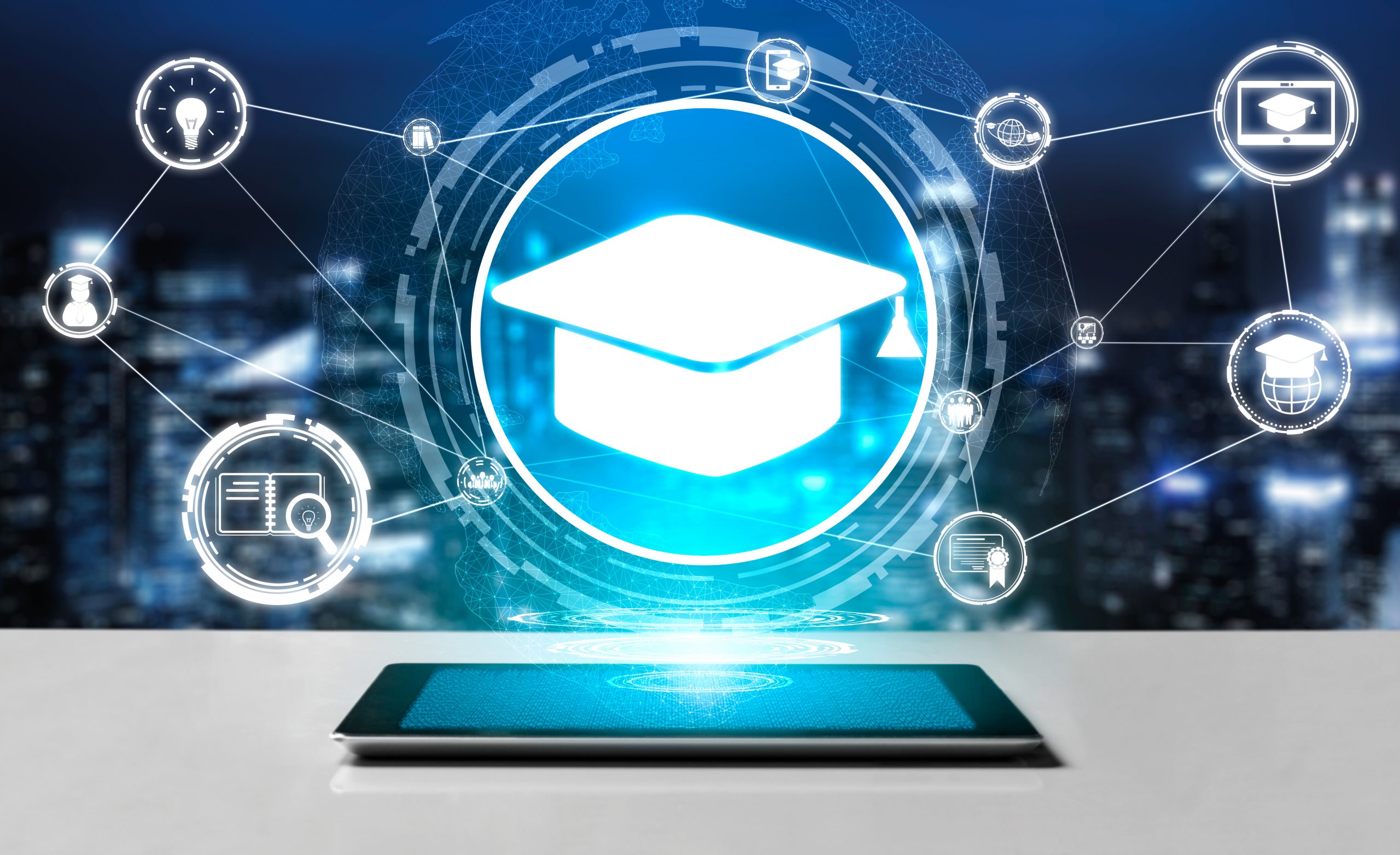Buzz Haven: Your Daily Dose of News
Stay informed and entertained with the latest buzz in news, trends, and insights.
Classroom to Code: When Tech Meets Traditional Learning
Discover how tech transforms traditional learning in our blog Classroom to Code! Unleash potential and inspire the next generation today!
Bridging the Gap: How Technology Enhances Traditional Classroom Learning
In today's rapidly evolving educational landscape, technology plays a pivotal role in enhancing traditional classroom learning. By integrating tools such as interactive whiteboards, educational software, and online resources, educators can create a more engaging and dynamic learning environment. For instance, platforms like learning management systems (LMS) enable teachers to distribute materials, track student progress, and facilitate collaboration outside of the classroom. This not only makes learning more accessible but also allows for personalized instruction tailored to each student's unique needs.
Moreover, technology fosters greater student involvement through interactive and multimedia elements that can cater to various learning styles. For example, students can utilize educational apps and simulation tools to grasp complex concepts more effectively. Additionally, technological advancements such as virtual reality (VR) and augmented reality (AR) offer immersive experiences that enrich traditional lessons by bringing abstract ideas to life. By bridging the gap between conventional teaching methods and modern resources, technology ensures that education remains relevant and impactful in the 21st century.

5 Essential Tools for Integrating Coding in Everyday Lessons
Integrating coding into everyday lessons can enhance student engagement and promote critical thinking skills. Here are 5 essential tools that educators can use to seamlessly weave coding concepts into their curriculum:
- Scratch - This visual programming language allows students to create interactive stories, games, and animations. It provides a user-friendly interface that helps learners grasp coding fundamentals.
- Code.org - Offering a variety of coding courses and resources, Code.org is perfect for all grade levels. It makes learning to code fun and accessible, which is essential for integrating coding into various subjects.
- Arduino - This open-source electronics platform empowers students to create hardware projects. By combining coding with physical computing, educators can ignite students’ interest in engineering and technology.
- Blockly - A web-based visual programming editor, Blockly helps students understand coding logic without worrying about syntax. It’s an excellent resource for younger students or beginners.
- Codecademy - As a popular platform for learning programming languages, Codecademy offers interactive lessons that can be assigned as homework or integrated into classroom activities.
By incorporating these essential tools, teachers can make coding an integral part of their lessons, fostering a generation of digitally literate and innovative thinkers.
Can Coding Skills Improve Student Engagement in Traditional Subjects?
The integration of coding skills into traditional subjects has shown promising potential in enhancing student engagement. By incorporating programming into the curriculum, educators can create interactive lessons that go beyond rote memorization. For instance, subjects like mathematics and science can be taught through real-world coding projects, allowing students to apply theoretical concepts in practical ways. When students see their code come to life, it fosters a deeper understanding and excitement around the content being taught.
Moreover, the problem-solving nature of coding encourages critical thinking and collaboration among students. As they work on coding projects, students often need to brainstorm together, debug errors, and iterate on solutions, leading to a more dynamic classroom environment. This collaborative effort can translate into a more profound interest in other subjects as students recognize the interconnectedness of their learning experiences. Ultimately, the infusion of coding into traditional education not only enhances engagement but also equips students with valuable skills for the future.